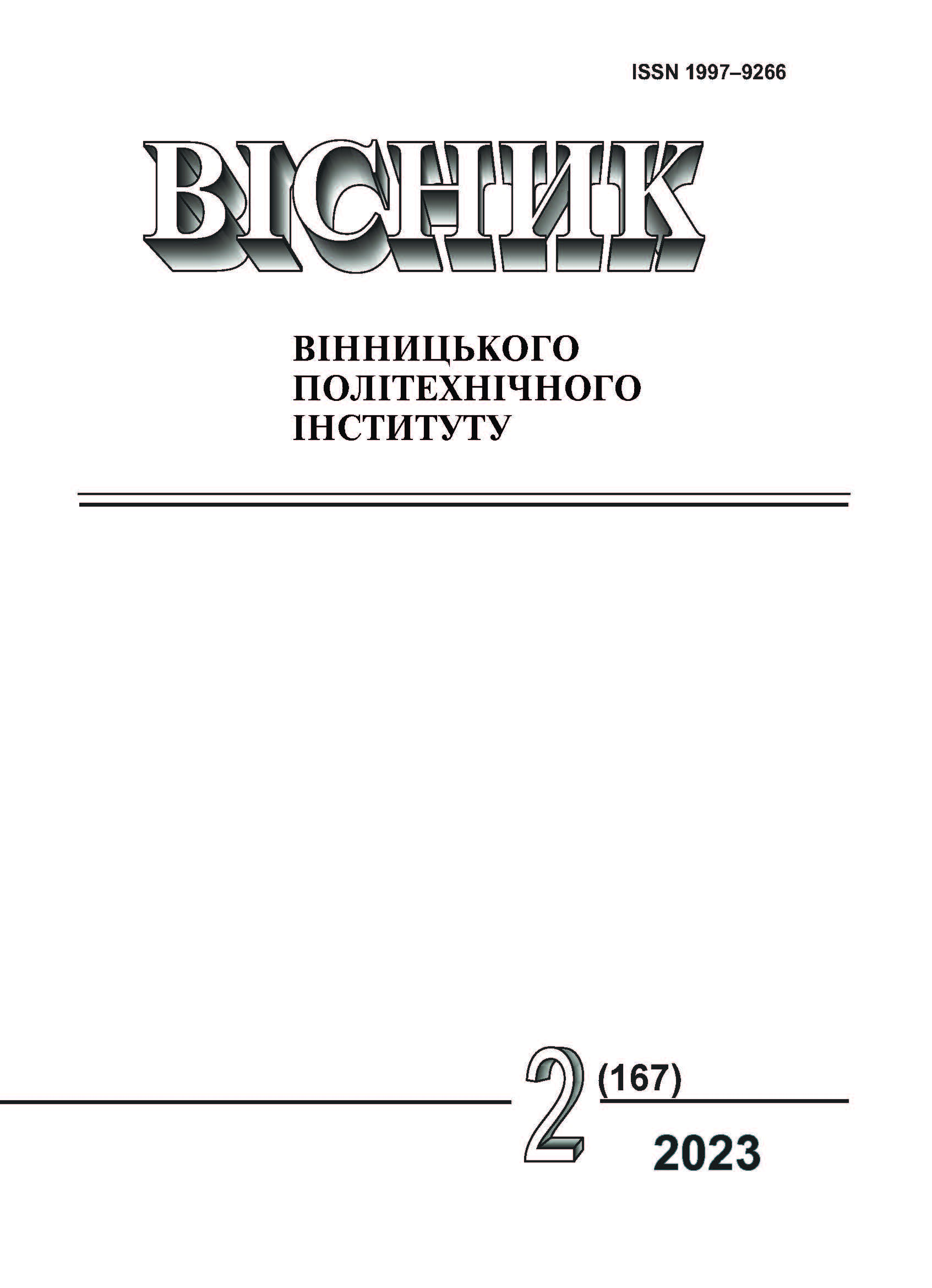Method for Selecting the Disсretization Step of Indicator Diagrams in Digital Methods of Internal Combustion Engines Parameters Monitoring
DOI:
https://doi.org/10.31649/1997-9266-2023-167-2-119-124Keywords:
internal combustion engine, indicator diagram, discretization stepAbstract
Peculiarities of measuring equipment usage in the field of internal combustion engines and the rationality of methods for testing and results processing are considered. It is shown that one of the most difficult tasks in the study of the working processes of engines is to obtain a reliable indicator diagram with a given accuracy. It is noted that it is important to consider the features of the flow of rapidly changing and non-stationary processes in the internal combustion engine: high rates of processes change, a wide frequency spectrum, non-identity flow of the processes flow from cycle to cycle. This causes specific requirements to the methodological plan, as well as to measuring instruments themselves in terms of speed, recording frequency and rationality of the techniques of performing the experimental studies. It is proved that in the process of the engines investigation it is necessary to have both single-cycle indicator diagram and averaged, for several hundreds cycles, indicator diagram. It is shown that the objective of the work is to improve the methodology for choosing the discretization step and choosing the number of recorded ordinates of the internal combustion engine indicator diagram during one working cycle, depending on the approximation error and the rate of pressure increase. A general method for determining the sampling frequency of indicator diagrams depending on the required accuracy of its approximation is described; improved expressions for its determination are given. A scheme for determining the sampling frequency by the angle of crankshaft rotation is presented. The essence of improving the methodology for choosing the discretization step of the indicator diagram by dividing it into zones and selecting different sampling steps in each zone is considered in detail. The use of a digital microprocessor complex for the study of the working processes of a particular diesel engine is considered. The initial data and values of discretization angles, necessary for the experiment were determined.
References
А. П. Марченко, і А. Ф. Шеховцов, «Комп’ютерні системи керування ДВЗ,» Двигуни внутрішнього згоряння. Харків, Україна: Видавн. центр НТУ «ХПІ», 2004, 429 с.
К. Ю. Федоровский, Автоматический контроль и диагностика судовых дизелей. Севастополь: СевНТУ, 2006, 56 с.
Р. А. Варбанец, «Диагностический контроль рабочего процесса судовых дизелей в эксплуатации.» : дис. д-ра техн. наук. Одесской национальной морской академии, Одесса, 2010.
Ф. І. Абрамчук, Ю. Ф. Гутаревич, К. Є. Долганов, і І. І. Тимченко, Автомобільні двигуни. Київ, Україна: Арістей, 2006, 476 с.
О. В. Орисенко, і А. І. Криворот, «Дослідження індикаторних та ефективних показників двигуна ЗМЗ-4026 при роботі на традиційному й альтернативному паливі,» Збірник наукових праць (Галузеве машинобудування, будівництво) Полтавського національного технічного університету імені Юрія Кондратюка, вип. 1 (29), с. 53-56, 2011.
В. Г. Григорьев, и Е. И. Беспалова, «Статические исследования колебаний максимальных давлений сгорания,» Двигателестроение, № 6, с. 17-18, 1986.
Д. В. Левченко, «Усереднення індикаторних діаграм ДВЗ, знятих сучасними цифровими системами реєстрації,» Автомобильный транспорт, № 41, с. 71-76, 2017.
П. П. Орнатский, Теоретические основы информационно-измерительной техники. Киев, Украина: Высш. шк., 1986, 432 с.
П. В. Новицкий, Электрические измерения неэлектрических величин. Ленинград: Энергия, 1985, 575 с.
А. Н. Пойда, «Основные принципы индицирования двигателей дискретными устройствами,» Двигателестроение, № 8, с. 24-27, 1982.
Г. Д. Бурдун, и Б. Н. Марков, Основы метрологии. Москва: изд-во стандартов, 1985, 336 с.
Downloads
-
PDF (Українська)
Downloads: 87
Published
How to Cite
Issue
Section
License

This work is licensed under a Creative Commons Attribution 4.0 International License.
Authors who publish with this journal agree to the following terms:
- Authors retain copyright and grant the journal right of first publication.
- Authors are able to enter into separate, additional contractual arrangements for the non-exclusive distribution of the journal's published version of the work (e.g., post it to an institutional repository or publish it in a book), with an acknowledgment of its initial publication in this journal.
- Authors are permitted and encouraged to post their work online (e.g., in institutional repositories or on their website) prior to and during the submission process, as it can lead to productive exchanges, as well as earlier and greater citation of published work (See The Effect of Open Access).





